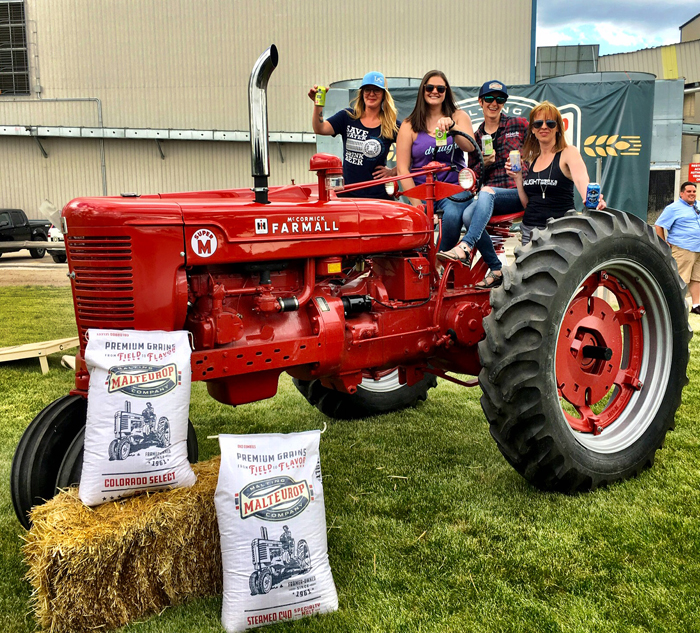A few weeks ago I traveled to Montana for an annual beer writers conference known as the Beer Now Conference. My wife and I expanded the trip into a “beercation” focused on exploring western Montana. Part 3 of my article about this trip covers exploring Great Falls through beer. If you haven’t read Parts 1 or 2, then before reading further please click here for Part 1 and click here for Part 2.
We drove to Great Falls from Glacier National Park. Great Falls takes its name from the first of a series of five waterfalls in close proximity along the upper Missouri River basin. A hydroelectric dam is now located at each of the falls. Hence, Great Falls carries the nickname “The Electric City.”
 Great Falls Dam and Hydroelectric Station
Great Falls Dam and Hydroelectric Station
The Lewis and Clark Expedition and Beer
Any visit to Great Falls should include learning more about the Lewis and Clark Expedition. On June 13, 1805, Captain Meriwether Lewis came upon the Great Falls of the Missouri River. Lewis wrote: “…my ears were saluted with the agreeable sound of a fall of water... I saw the spray arise above the plain like a column of smoke…it soon began to make a roaring too tremendous to be mistaken for any cause short of the great falls of the Missouri...”.
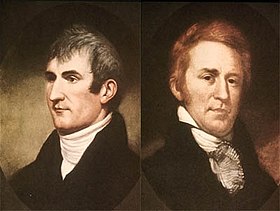 Meriwether Lewis and William Clark
Meriwether Lewis and William Clark
Previously, Mandan Indian Chiefs had told Lewis he would encounter the falls during his trek up the Missouri River. However, Lewis soon found four more falls upstream from the Great Falls. The Lewis and Clark Expedition required three weeks to portage their boats and equipment eighteen miles overland around the falls. This portage was the most grueling stretch the expedition had faced up to that point. We learned more about the Lewis and Clark Expedition by visiting The Lewis and Clark Interpretive Center in Great Falls.
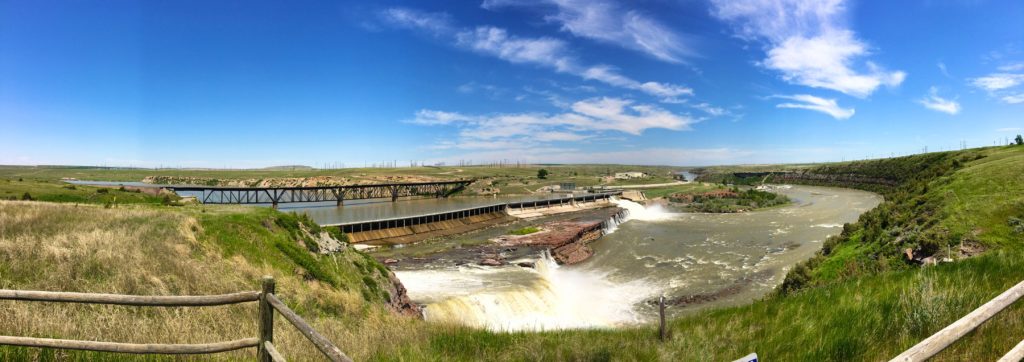 Rainbow Falls is one of the falls upstream from Great Falls that Lewis and Clark had to portage around.
Rainbow Falls is one of the falls upstream from Great Falls that Lewis and Clark had to portage around.
I wondered: Did the Lewis and Clark Expedition brew or drink beer during their trip? Did the Native American tribes in the area drink any alcohol? I later discovered that Lewis provisioned the expedition with whiskey and brandy, but made no plans for producing self-made “spirits” from natural resources available in the interior during the course of the journey. The question is especially relevant to this time period because other famous expeditions of discovery (for example, Captain Cook) had been harassed by scurvy and had relied on spruce beer to prevent scurvy in lieu of spirits like whiskey and brandy. Indeed, Lewis did experience medical problems among his men that may have been mild scurvy.
With respect to Native Americans, Captain William Clark compiled a list of observations relative to the “morals of the Indians”. Some tribes enjoyed spirits and some did not. Clark attributed any native propensities for drink to the fur trade and the prevalence of liquor as a medium of exchange on the frontier.
If you want to learn more, there is a fascinating and detailed article on this subject titled “Ardent Spirits”.
Beer Now Conference
The Beer Now Conference served as the cornerstone for our beercation. The Beer Now Conference (founded in 2010 as the Beer Bloggers & Writers Conference) provides an important connection between those involved in the communication of beer (writers and social media influencers), brewers, and other key beer industry participants.
The conference attracts approximately 150 attendees from throughout North America and beyond to network, learn, and taste beers. Energized writers, photographers, podcasters, and video recorders about beer, breweries, the people that make up the beer industry, and key issues impacting the beer industry constitute the attendee composition. Moreover, they communicate their views via their blogs, industry magazines, and various social media platforms.
So why Montana? Montana offers outdoor adventures such as hiking, mountain biking, fly fishing, and river rafting. In addition and most importantly, it is also a hotbed of beer – including the second highest density of brewers per capita in the United States. Great Falls is on the Missouri River and is the most centrally located major city in Montana. The city is very invested in beer and hosts a number of statewide beer events each year. In fact, the Great Falls area is arguably the epicenter of most of the beer in the United States, in terms of producing barley for breweries of all sizes.
The conference provided a thorough examination of the status of the U.S. beer industry. The conference even provided some international flair. Chimay, a Belgian Trappist Brewery that produces world-class beer and cheese, participated in this year’s conference. Chimay presented the history of Bieres de Chimay and Trappist Breweries. In addition, they hosted a beer and cheese pairing.
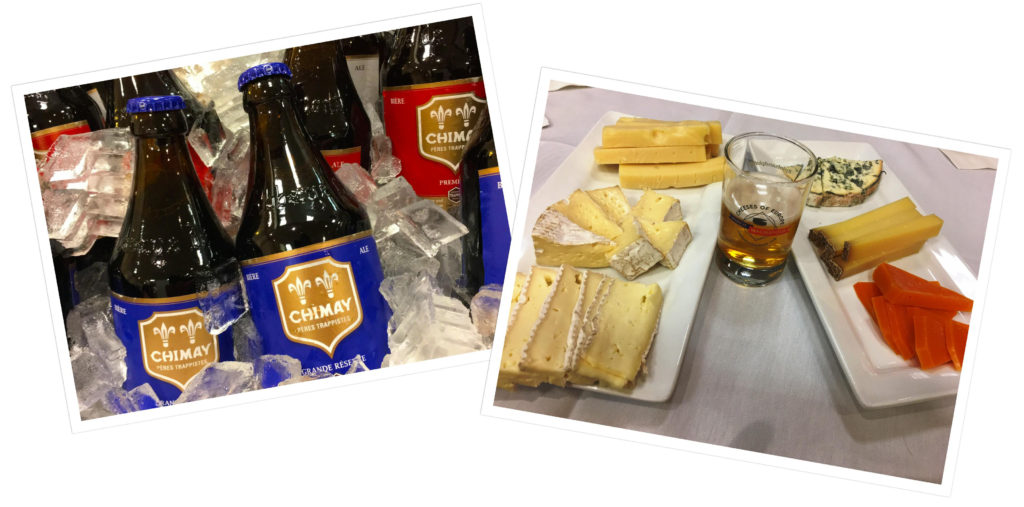 Chimay, a Belgian Trappist Brewery, provided international flair.
Chimay, a Belgian Trappist Brewery, provided international flair.
But there were two key conference supported events I want to highlight because they illustrate the importance of beer to Montana.
A Visit to Malteurop
Malteurop is an international malting company devoted to making exceptional malt. The company’s annual capacity of 2.2 million tons of malt encompasses 14 countries in Europe, North America, Oceania and Asia, with 27 industrial sites and 1,183 employees. They are the world’s leading malt producer and operate four malthouses across North America. Most importantly to Montana’s economy, one of the malthouses is in Great Falls.
 Malteurop operates a large malthouse in Great Falls.
Malteurop operates a large malthouse in Great Falls.
 Every 16 hours the Great Falls malthouse produces enough malt for 3.2 million cans of beer. Photograph courtesy of Malteurop.
Every 16 hours the Great Falls malthouse produces enough malt for 3.2 million cans of beer. Photograph courtesy of Malteurop.
Malt is the foundation and soul of any beer. Malteurop North America produces basic malts — Pilsen, Pale, Vienna, Munich, and wheat malts — for brewers as well as malts for distillers. It also produces kilned caramel malts, crystal malts, roasted malts and other specialty malts.
The Great Falls plant gets 80 percent of its malt barley from Montana’s Golden Triangle. In fact, Montana farmers grew 33.6 million bushels of barley in 2018 according to USDA statistics.
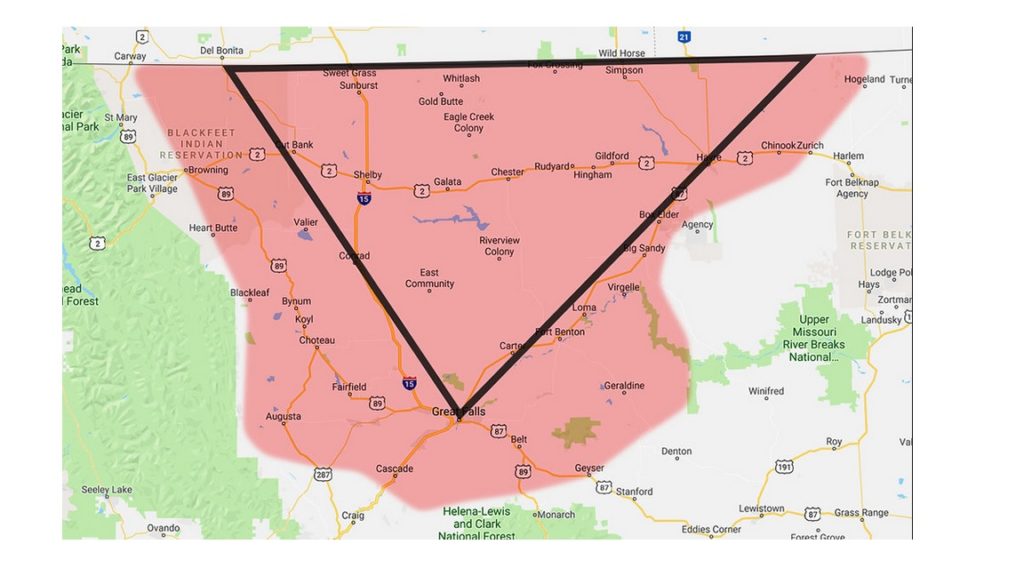 Communities in the Golden Triangle largely depend on the economy that wheat, barley and other crops provide.
Communities in the Golden Triangle largely depend on the economy that wheat, barley and other crops provide.
Overall, the beer industry contributes about $1.3 billion annually to Montana’s economy. Our visit to Malteurop helped me fully appreciate the significance of beer to Montana’s overall economy and the lives of its citizens.
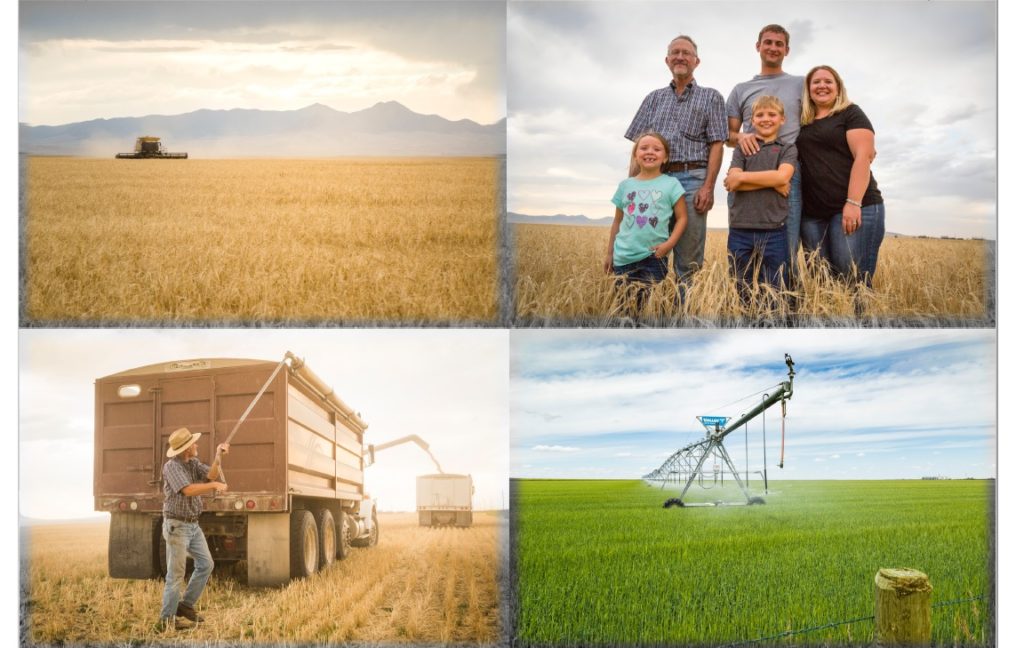 Photograph courtesy of the Montana Wheat and Barley Committee
Photograph courtesy of the Montana Wheat and Barley Committee
Montana Brew Fest, Great Falls
The Montana Brew Fest and Montana Brewers Association hosted Beer Now attendees as VIP guests. Breweries from across the state of Montana participated.
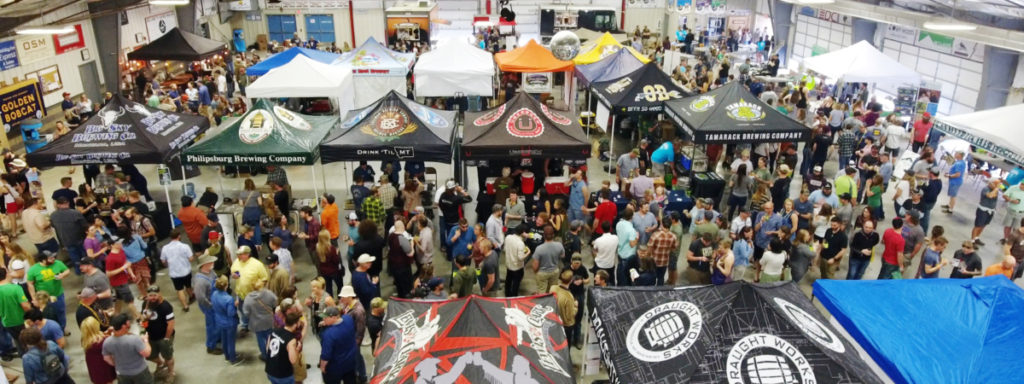 Photograph courtesy of the Montana Brewers Association
Photograph courtesy of the Montana Brewers Association
The festival included a “live” event where Montana brewers presented their beers to the Beer Now guests, who then used their media “super powers” to share it with the world.
 CAUTION: Live beer blogging in progress
CAUTION: Live beer blogging in progress
I was struck by the diversity and quality of the beers presented at this festival. For example, Meadowlark Brewing presented a beer named Fungus Shui. Made with Candy Cap mushrooms and honey, this amber-colored beer has an aroma of maple syrup and tastes like a lumberjack pancake breakfast (earthy with maple syrup). This beer blew my socks off! Meadowlark Brewing, if you read this article please send me a bottle.
At the end of the Montana Beer Fest, all I could think was: “It’s a great day to be a craft beer drinker!”
Great Falls Breweries and Pubs
While in Great Falls, I visited these locations.
Black Eagle Brewery: This small brewery located adjacent to a casino is somewhat difficult to find. If you succeed, try their Smoke Stack Scottish Ale.
Elevation 3330: Another place that can be difficult to find, but well worth the effort. This hip and vibrant pub provides an extensive selection of craft beers and ciders.
Jeremiah Johnson Brewery: Hosted a fun dinner event for the Beer Now Conference at the brewery. Started out as The Front Brewery in 2012 and got its new name when the old brewery was purchased by Jeremiah and Katie Johnson in 2018. In addition to their normal line-up of beers, Jeremiah Johnson served a black lentil ale. Fellow writer and friend Charles Bockway wrote a fantastic article about this beer. Read it by clicking here.
Mighty Mo Brewing: Located in downtown Great Falls, Mighty Mo opened in 2013. Great place to visit for food and drink. I recommend their Smoke Jumper Scotch Ale.
Some places that I did not manage to visit but come highly recommended: The Sip ‘n Dip Lounge (go for the mermaid show); the Celtic Cowboy; and SteinHaus.
Summary
Great Falls is the center point for Montana beer industry – especially with respect to barley production. The city provides an excellent location to become steeped in history and agriculture. And you can find some excellent craft beer too!
Next Stop – Helena
After Great Falls we proceeded to Helena, the state capital of Montana. Can we find craft beer there? Find out by reading my next installment of “Discovering Western Montana Through Beer”.
